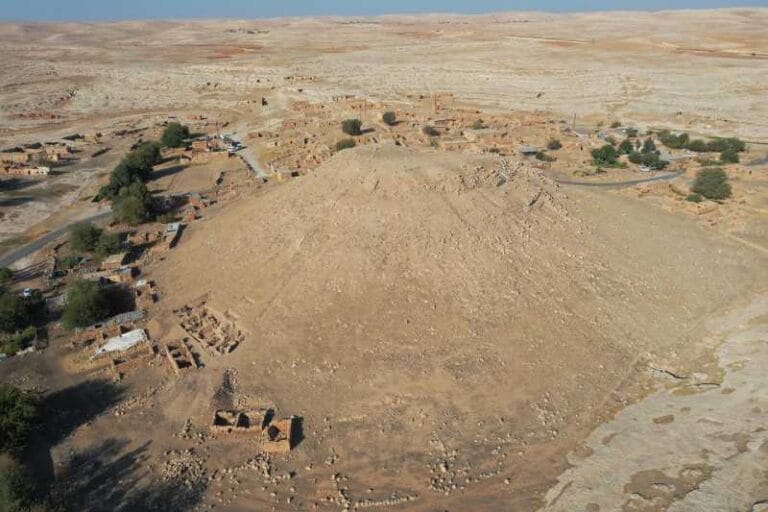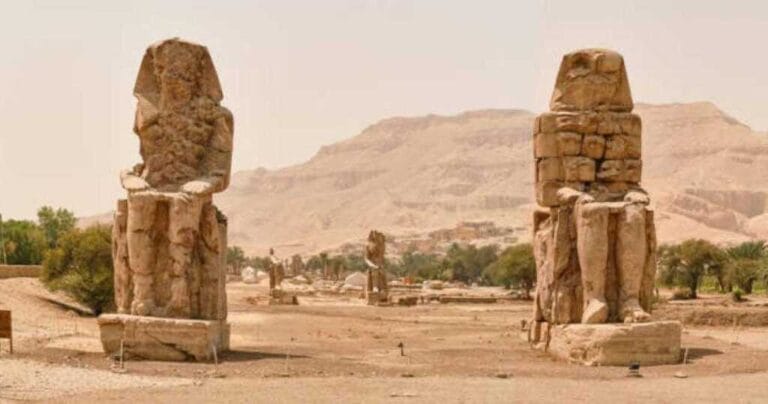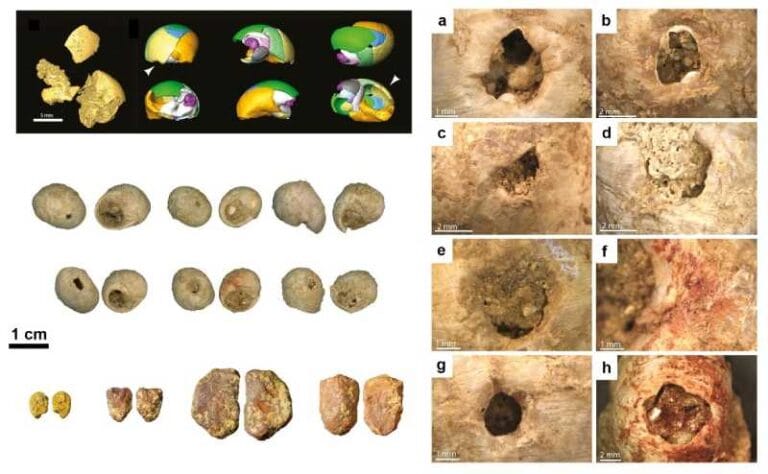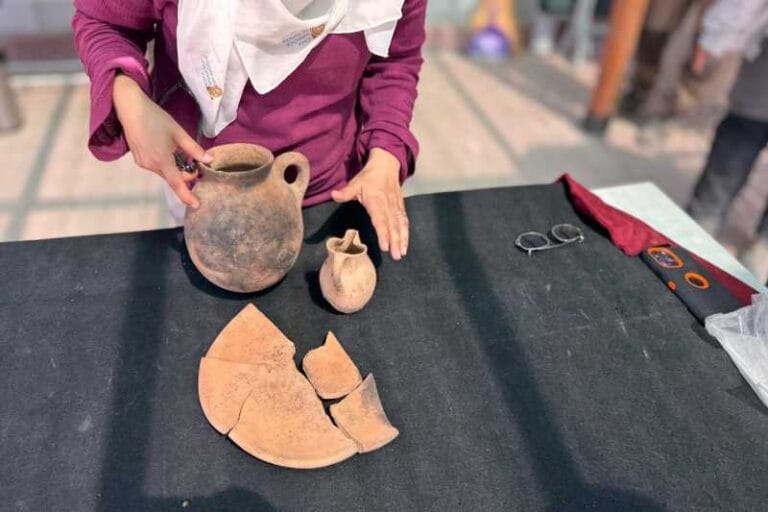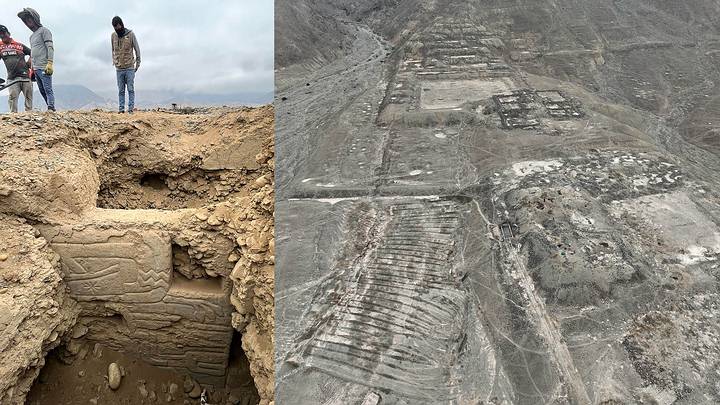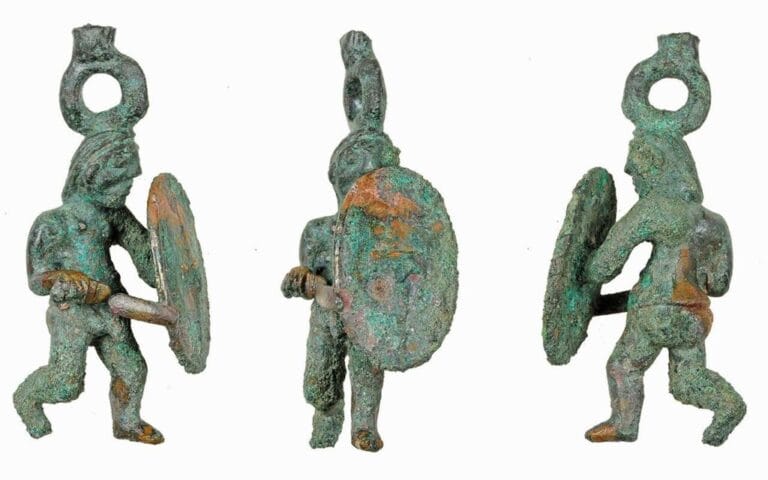Scan of mummified crocodile reveals ancient Egyptian ritual
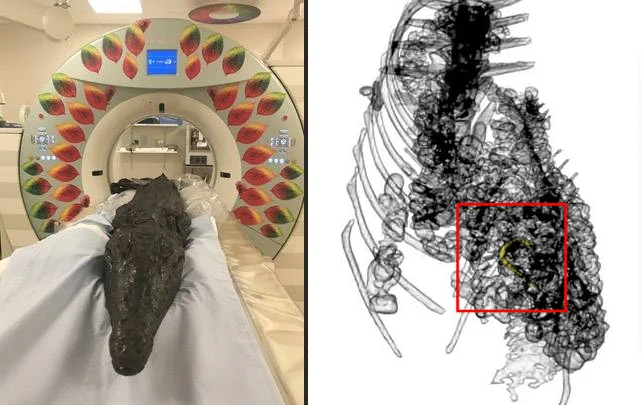
A study has used advanced 3D imaging technology to reveal surprising details about the life and death of a crocodile mummified by the ancient Egyptians. The research, carried out by scientists from the Universities of Manchester, Loughborough and Birmingham City, brought to light a 2.2 meter long crocodile that died by ingesting a fish attached to a hook, which was still in its stomach.
Using a combination of X-rays and CT scans, the researchers were able to visualize and virtually remove the hook from the mummy. They then built a replica in plastic and then in bronze, recreating the object in its original material.
The mummy, which is between 2,000 and 3,000 years old and is catalogued under number 2005.335 at the Birmingham Museum and Art Gallery, represents a common practice of mummifying animals in antiquity, at its peak.
Funded by the Arts and Humanities Research Council and the Leverhulme Trust, the study was published in the journal Digital Applications in Archaeology and Cultural Heritage.
The results indicate that the crocodile had ingested several small stones, known as gastroliths, to help with digestion and buoyancy control. The presence of more gastroliths in the upper part of the digestive tract suggests that it tried to digest its last meal before dying.

The analysis revealed that the fish was practically intact, suggesting that it had been eaten shortly before the crocodile’s death and had not been affected by the digestive enzymes or the abrasive action of the gastroliths. This discovery suggests that the crocodile was captured and mummified as an offering to the god Sobek, who associated healthy crocodiles with fertility and prosperous agriculture.

“Crocodile mummy number 2005.335 was a unique opportunity to apply scientific analysis to a large animal mummy,” said Dr. Lidija Mcknight, lead author of the study. “Our work revealed a wealth of information, both about the crocodile’s life and the post-mortem treatment of its remains.”
“While previous studies preferred invasive techniques such as unwrapping and autopsy, 3D radiography allows us to see inside without damaging these important and fascinating artifacts,” she added.
“And we’ve taken the process a step further by reproducing the hook in its original material, bronze. The Egyptians probably used a mold of hardened clay into which molten metal was poured, heated in a charcoal-based heat source. Despite the several millennia that have passed between the production of the ancient fishing hook and the modern replica, the casting process remains remarkably similar,” he concluded.

